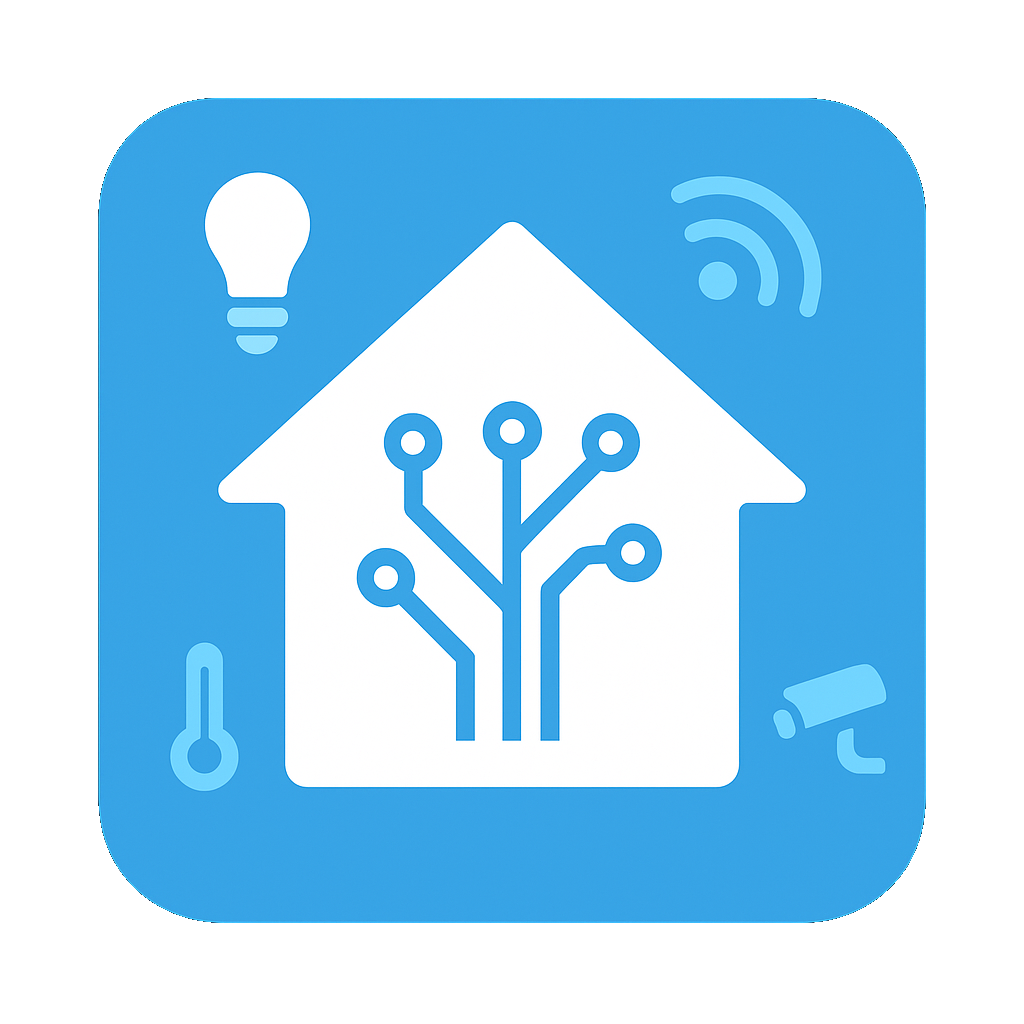Want to take your Home Assistant dashboards to the next level? In this guide, you’ll learn how to create a floorplan-style dashboard — a visual map of your home where lights, sensors, and cameras are placed exactly where they are in real life.
This guide assumes you already followed our beginner dashboard guide.
🎨 With floorplan dashboards, you’re fully in control. Upload your own house plan or draw one yourself. The dashboard becomes a work of art — and it works too.
🧾 Step 1: Prepare Your Floorplan Image
You have two options:
Option A: Use a Drawing or Photo
- Take a top-down photo of your house plan
- Or draw one by hand or in a drawing app (e.g. GoodNotes, Notability)
- Save it as PNG or JPG
Option B: Use an SVG for Interactive Elements
- Use tools like Figma, Inkscape, or draw.io
- Export your drawing as SVG for clickable areas (e.g. tap to toggle lights)
Save your file as floorplan.png or floorplan.svg
Place it in your Home Assistant folder: /config/www/
🧱 Step 2: Install Needed Add-ons from HACS
Make sure HACS is installed.
From HACS → Frontend, install:
picture-elements(built-in, no install needed)card-mod(for styling)layout-card(for positioning)- Optional:
floorplancustom card (if you want deep SVG interaction)
🖼️ Step 3: Add the Floorplan to Your Dashboard
Create a new dashboard (or add to an existing one):
- Click + Add Card
- Choose
Picture Elements - Use this base YAML:
type: picture-elements
image: /local/floorplan.png
elements:
- type: state-icon
entity: light.living_room
style:
top: 40%
left: 60%Adjust top and left to position each entity correctly on your plan.
Repeat for all lights, sensors, or cameras you want to include.
🧠 Bonus: Use SVG for Interactive Touch Zones
If your floorplan is in SVG format, you can:
- Add CSS classes to SVG elements (like room shapes)
- Use the
floorplancustom card to map SVG elements to entities - Make rooms highlight when lights are on, or tap entire rooms to toggle scenes
This requires a bit of setup and editing SVG code, but unlocks amazing interactivity.
🌟 Extra Styling Tips
- Use
card-modto set transparency, rounded corners, and themes - Add
mushroom-chips-cardabove your floorplan to switch rooms or modes - Use semi-transparent overlays to show temperature, motion, humidity
🏁 That’s It!
With your own custom floorplan dashboard, your smart home becomes not just easier to control — but truly yours.
In the next guide, we’ll show how to automate seasonal themes and make your dashboards adapt to day/night or holidays!
Need help making your floorplan? Reach out in the comments or community forums — there are plenty of templates and examples out there!
